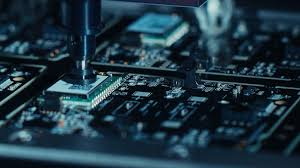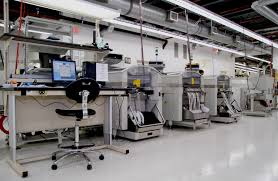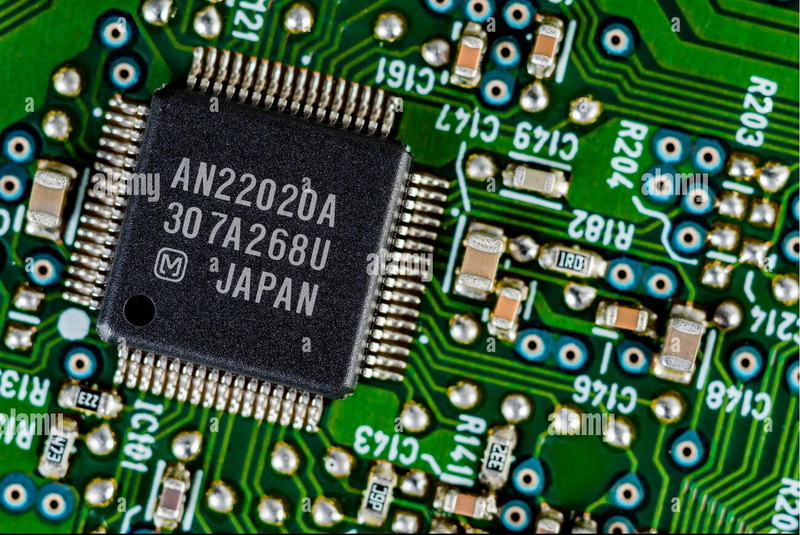Content Menu
● Complexity of Design
● Difficulty in Repair and Rework
● Thermal Management Issues
● Limited Component Availability
● Higher Initial Costs
● Increased Risk of Manufacturing Defects
● Limited Accessibility for Testing
● Environmental Concerns
● Design for Manufacturability Challenges
● Limited Repairability
● Conclusion
● Related Questions
>> 1. What are the main advantages of surface mount technology?
>> 2. How does surface mount technology impact the cost of PCB manufacturing?
>> 3. What are the common defects associated with surface mount technology?
>> 4. How can engineers mitigate thermal management issues in SMT?
>> 5. What are the environmental impacts of surface mount technology?
Surface Mount Technology (SMT) has revolutionized the electronics manufacturing industry, allowing for smaller, lighter, and more efficient printed circuit boards (PCBs). However, despite its numerous advantages, SMT also presents several disadvantages that can impact the design, manufacturing, and maintenance of electronic devices. This article explores the key disadvantages of surface mount technology in PCB design, providing insights into the challenges faced by engineers and manufacturers.

Complexity of Design
One of the primary disadvantages of surface mount technology is the increased complexity of PCB design. SMT components are typically smaller and have different pin configurations compared to traditional through-hole components. This necessitates more intricate design layouts, which can complicate the design process. Engineers must carefully consider the placement of components to ensure optimal performance and manufacturability. Additionally, the use of SMT often requires specialized design software and tools, which can increase the learning curve for new designers.
Difficulty in Repair and Rework
Another significant disadvantage of surface mount technology is the difficulty associated with repair and rework. SMT components are soldered directly onto the surface of the PCB, making it challenging to replace or repair faulty components. Unlike through-hole components, which can be easily removed and replaced, SMT components often require specialized equipment, such as reflow ovens or hot air rework stations, to desolder and resolder components. This can lead to increased downtime and costs, particularly in industries where quick repairs are essential.
Thermal Management Issues
Thermal management is a critical consideration in PCB design, and SMT can exacerbate these challenges. The compact nature of SMT can lead to higher heat density on the PCB, which can affect the performance and reliability of components. If not properly managed, excessive heat can lead to component failure, reduced lifespan, and overall system instability. Engineers must implement effective thermal management strategies, such as heat sinks or thermal vias, to mitigate these risks, adding complexity to the design process.
Limited Component Availability
While the range of SMT components has grown significantly, there are still limitations in component availability compared to traditional through-hole components. Some specialized components may only be available in through-hole formats, which can restrict design options. Additionally, certain SMT components may have longer lead times or be subject to supply chain issues, which can delay production schedules. This limited availability can pose challenges for engineers trying to source the right components for their designs.
Higher Initial Costs
The initial costs associated with implementing surface mount technology can be higher than traditional methods. SMT requires specialized equipment for assembly, such as pick-and-place machines and reflow ovens, which can represent a significant investment for manufacturers. Additionally, the need for more advanced design software and training for engineers can further increase costs. While SMT can lead to cost savings in the long run due to reduced material usage and increased efficiency, the upfront investment can be a barrier for some companies.
Increased Risk of Manufacturing Defects
The complexity of SMT can also lead to an increased risk of manufacturing defects. The small size and close spacing of components can make it challenging to achieve precise soldering, leading to issues such as solder bridging or insufficient solder joints. These defects can result in unreliable connections and ultimately lead to product failures. Manufacturers must implement rigorous quality control measures and testing procedures to identify and rectify these issues, which can add to production costs and timelines.

Limited Accessibility for Testing
Testing and debugging SMT assemblies can be more challenging than with through-hole designs. The compact nature of SMT can make it difficult to access certain components for testing, particularly in densely populated boards. This can complicate the troubleshooting process and extend the time required to identify and resolve issues. Engineers may need to develop specialized test fixtures or use advanced testing techniques, which can further increase costs and complexity.
Environmental Concerns
The environmental impact of surface mount technology is another disadvantage that cannot be overlooked. The manufacturing process for SMT often involves the use of hazardous materials, such as lead in solder, which can pose risks to both human health and the environment. While many manufacturers are moving towards lead-free solder options, the transition can be challenging and may not eliminate all environmental concerns. Additionally, the compact nature of SMT can lead to increased electronic waste, as smaller devices may be discarded more frequently.
Design for Manufacturability Challenges
Designing for manufacturability (DFM) is crucial in electronics production, and SMT can complicate this process. The intricate designs required for SMT can lead to challenges in mass production, as small variations in component placement or soldering can result in significant defects. Engineers must carefully consider DFM principles during the design phase to ensure that the final product can be manufactured reliably and efficiently. This often requires additional time and resources, which can impact project timelines and budgets.
Limited Repairability
Finally, the limited repairability of SMT assemblies is a significant disadvantage. As electronic devices become more compact and integrated, the ability to repair or upgrade individual components diminishes. This can lead to increased electronic waste, as entire devices may need to be replaced rather than repaired. In industries where sustainability is a growing concern, this aspect of SMT can be particularly problematic.
Conclusion
While surface mount technology offers numerous advantages, such as reduced size and weight, increased efficiency, and improved performance, it is essential to consider the disadvantages as well. The complexity of design, difficulty in repair and rework, thermal management issues, limited component availability, higher initial costs, increased risk of manufacturing defects, limited accessibility for testing, environmental concerns, design for manufacturability challenges, and limited repairability are all critical factors that engineers and manufacturers must address when utilizing SMT in PCB design.
Understanding these disadvantages can help companies make informed decisions about their manufacturing processes and product designs. By carefully weighing the pros and cons of surface mount technology, organizations can optimize their designs for performance, reliability, and sustainability.

Related Questions
1. What are the main advantages of surface mount technology?
Surface mount technology offers several advantages, including smaller component sizes, reduced weight, improved performance, and the ability to automate assembly processes, leading to increased production efficiency.
2. How does surface mount technology impact the cost of PCB manufacturing?
While the initial costs of implementing SMT can be higher due to specialized equipment and training, it can lead to long-term cost savings through reduced material usage and increased efficiency in production.
3. What are the common defects associated with surface mount technology?
Common defects in SMT include solder bridging, insufficient solder joints, and component misalignment, which can lead to unreliable connections and product failures.
4. How can engineers mitigate thermal management issues in SMT?
Engineers can mitigate thermal management issues by implementing heat sinks, thermal vias, and proper component placement to ensure adequate airflow and heat dissipation.
5. What are the environmental impacts of surface mount technology?
The environmental impacts of SMT include the use of hazardous materials in manufacturing and increased electronic waste due to the limited repairability of compact devices.




















